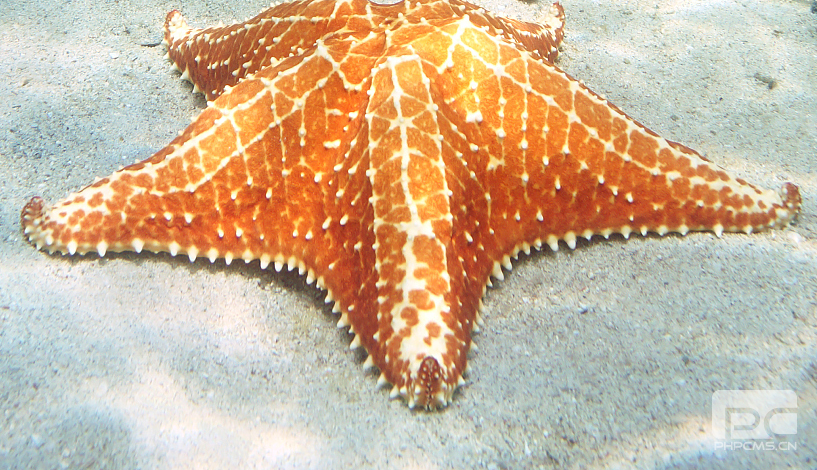Scientists have long been studying the peculiar biological structures of starfish, and the latest genetic research findings may fundamentally change our understanding of these marine creatures. The study reveals that starfish are, in fact, more like "heads-only" organisms, lacking a clearly defined body or tail.
This significant discovery, brought about by new genetic research conducted by a group of scientists, shows that starfish lost their body and tail during the course of evolution, which sharply contrasts with previous scientific views. The research results were recently published in the journal "Nature."
The primary author of the study, Laurent Formery, a postdoctoral researcher at Stanford University and the University of California, Berkeley, stated, "It's as if starfish have no body at all, the best description is that their heads crawl on the seafloor. This is entirely different from the traditional view scientists held about these animals."

This breakthrough research was made possible by new genetic sequencing methods, and it is expected to answer some of the biggest mysteries about echinoderms, including their shared ancestry with humans and other seemingly vastly different animals.
Starfish belong to a group of organisms known as echinoderms, which includes sea urchins, sea cucumbers, and sand dollars. These unique creatures have a distinctive body structure composed of five equal parts, which is vastly different from the symmetrical head-to-tail body structure found in other animals.
From the moment of fertilization, starfish go through several weeks or even months of floating in the ocean as larvae before settling on the seafloor. Here, they undergo a process that transforms their bilaterally symmetrical body into a star-shaped or pentagonal body.
This significant discovery, brought about by new genetic research conducted by a group of scientists, shows that starfish lost their body and tail during the course of evolution, which sharply contrasts with previous scientific views. The research results were recently published in the journal "Nature."
The primary author of the study, Laurent Formery, a postdoctoral researcher at Stanford University and the University of California, Berkeley, stated, "It's as if starfish have no body at all, the best description is that their heads crawl on the seafloor. This is entirely different from the traditional view scientists held about these animals."

This breakthrough research was made possible by new genetic sequencing methods, and it is expected to answer some of the biggest mysteries about echinoderms, including their shared ancestry with humans and other seemingly vastly different animals.
Starfish belong to a group of organisms known as echinoderms, which includes sea urchins, sea cucumbers, and sand dollars. These unique creatures have a distinctive body structure composed of five equal parts, which is vastly different from the symmetrical head-to-tail body structure found in other animals.
From the moment of fertilization, starfish go through several weeks or even months of floating in the ocean as larvae before settling on the seafloor. Here, they undergo a process that transforms their bilaterally symmetrical body into a star-shaped or pentagonal body.




Copyright © 2023.Yooke studio All rights reserved.
PKWEEKLY NEWS








